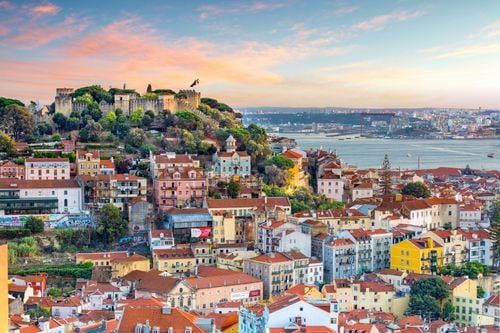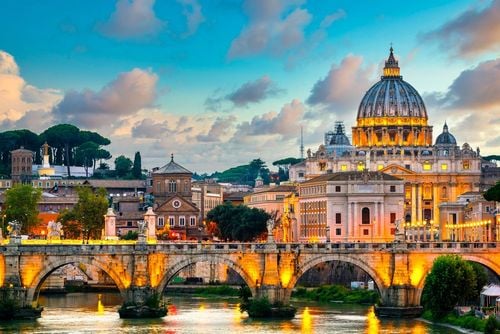The world's benchmark for gastronomy, wine and heritage
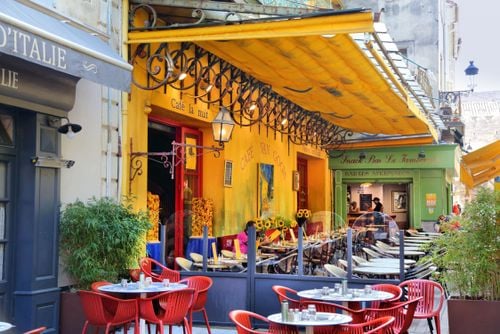
Une touriste devant la Tour Eiffel à Paris
- © RossHelen / Shutterstock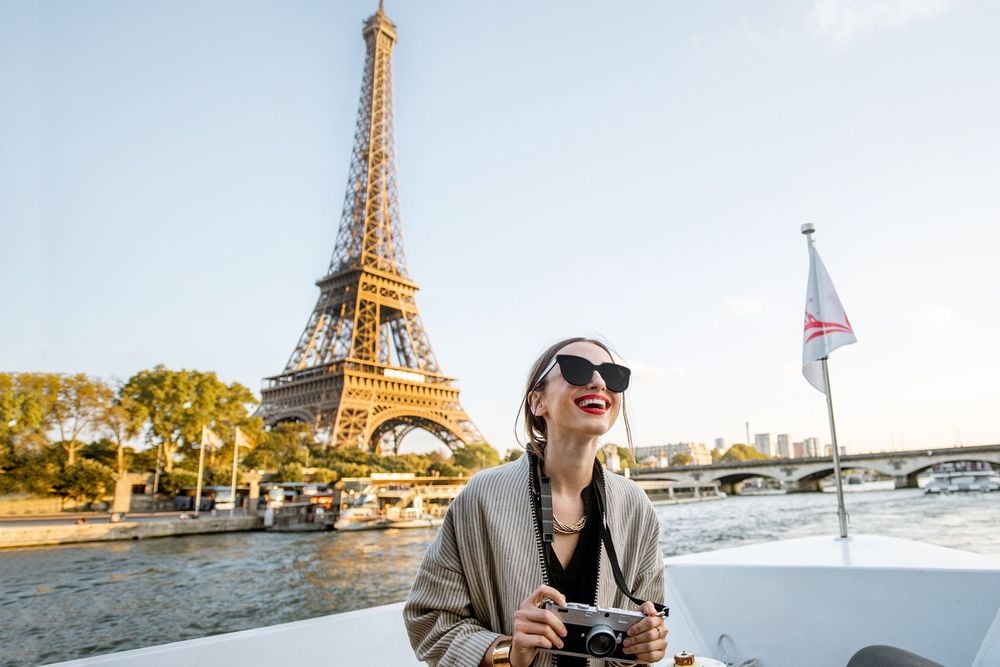
The world's benchmark for gastronomy, wine and heritage
Made up of 18 regions that form a country, France is a multiple entity. When you travel there, from north to south, from east to west, you notice that the face of the country is elusive. In the space of a few kilometres, it's not just the landscape that changes: moving from one region to another is also synonymous with rediscovering taste, smell, sight and sound.
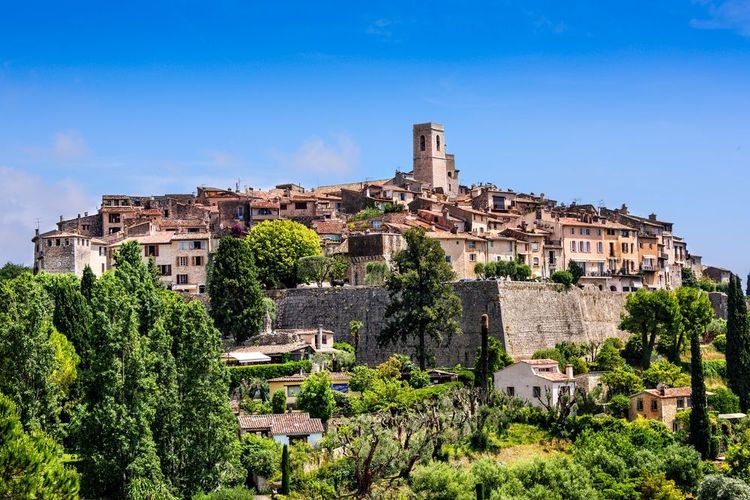
The village of Saint-Paul-de-Vence in France
- © Peterkin / ShutterstockIn the north of France, even if the weather isn't always fine, the cultural, natural, human and architectural heritage can warm the heart. You only have to visit the city centre of Lille, the capital of Flanders, to appreciate the creativity and sense of aesthetics of the people of the north. In Dunkerque, it's during the carnival season that you discover that festivities are no empty word here.
Heading westwards, you only have to cross Normandy, with its hedged farmland, D-Day beaches, seaside towns like Deauville, Honfleur and Barfleur, the famous ports of Le Havre and Cherbourg, extraordinary natural landscapes like Etretat and the world-famous Mont-Saint-Michel, to understand the appeal of this region to many tourists, despite its reputation as a region where it rains all the time.
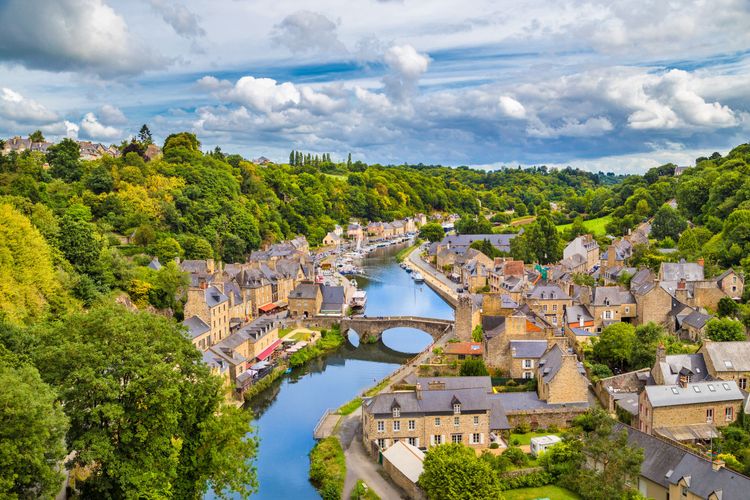
Dinan in Brittany
- © canadastock / ShutterstockJust as attractive, Brittany is full of natural nuggets; its coasts, sometimes lined with beaches, sometimes rocky, sum up the many facets of this region between land and sea. Rennes, Brest, Saint Malo, Vannes and Concarneau each contain a piece of Brittany. Neither quite the same, nor quite different, these towns share a pride in their regional identity.
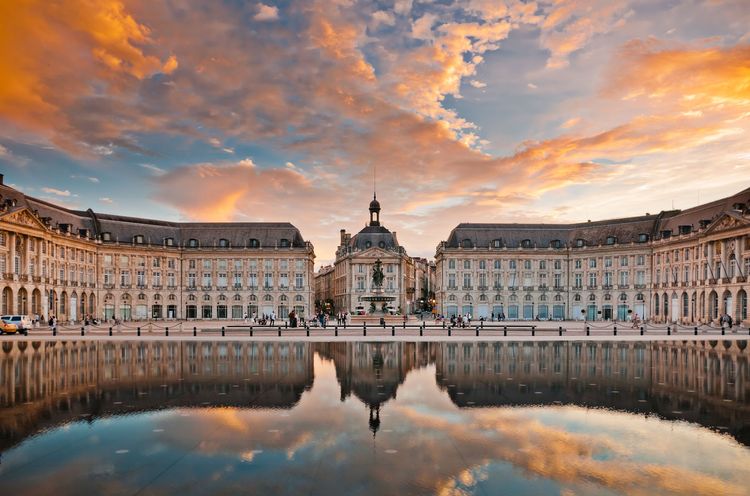
Bordeaux, France.
- © Alexander Demyanenko / ShutterstockOn the Atlantic coast, once you've passed modern Nantes, the Aquitaine region opens up to tourists. Bordeaux is a must-see for all foreign visitors, whose wines of the same name often leave them dreaming. A surfer's kingdom, the coast from Lacanau to Biarritz stretches its long sandy beaches all the way to the Spanish border.
The tour of France, its landscapes and its flavours can be continued in Toulouse, as much for the beauty and temperament of the city as for its famous culinary speciality: cassoulet. The consistency of this dish should be more than enough to see you all the way to the Mediterranean coast!
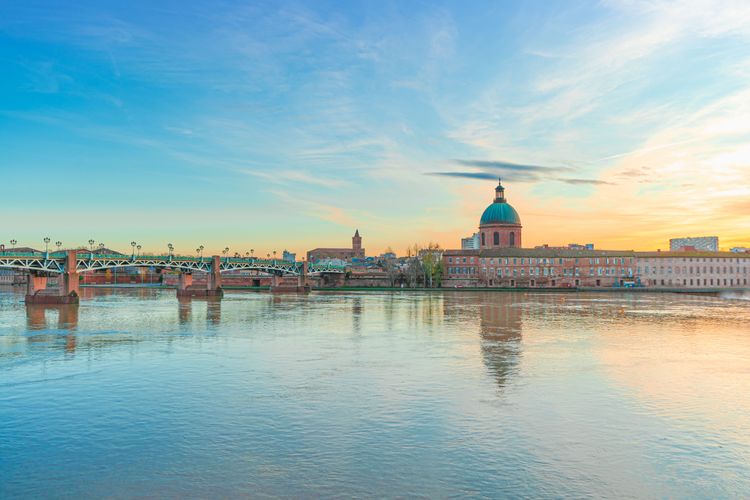
Toulouse, France
- © MIKISTOCKER/ShutterstockPerpignan, Marseille and its Notre-Dame de la Garde cathedral, Montpellier the city of a hundred fountains, Nice, Cannes and Antibes are names synonymous with festivities, sunshine, film festivals, jazz and resorts for artists from all over the world. With its Palais des Papes, its bridge and its summer theatre festival, Avignon is an almost obligatory stop on this tour of France and on our way back north.
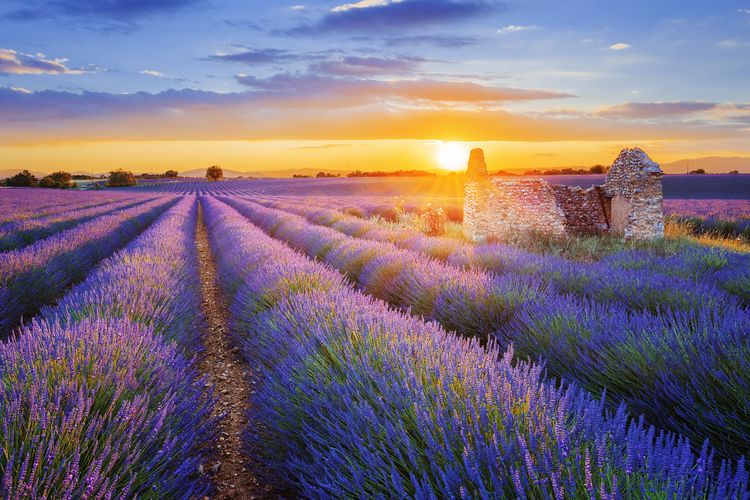
Champ de lavande en Provence
- © prochasson frederic / ShutterstockThe journey takes in the former capital of the Gauls, Lyon, and a major centre of France's culinary heritage, before stopping off for a while in another wine-growing region with a worldwide reputation: Burgundy.
Although the monuments, landscapes, arts and culture that punctuate this itinerary could serve as a common thread, it is once again a region where the vine plays an important role that brings this delightful journey through France to a close. Famous for its wine route,Alsace is also famous for its magnificent city of Strasbourg, with its Christmas Market and the Petite France district. The capital of the European Union is home to the main institutions of the European community.
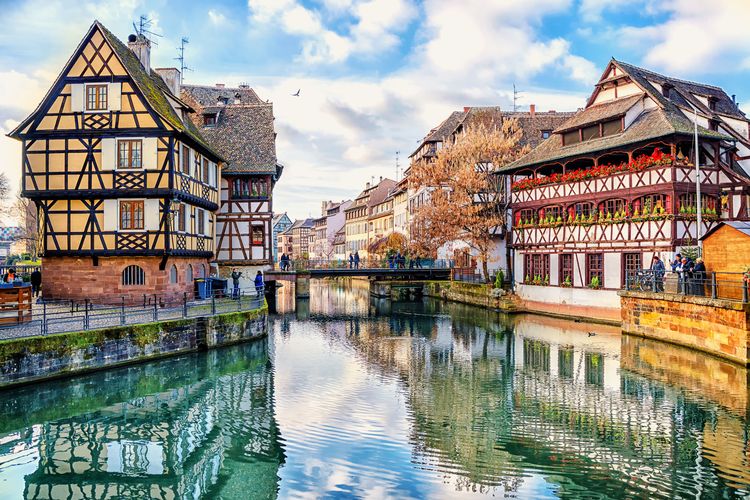
Strasbourg, France
- © Marina Datsenko / ShutterstockBut France also has its countryside and its many villages, some of the most famous of which are Locronan in Brittany, Vézelay in Burgundy and Eguisheim in Alsace, where you can enjoy a peaceful holiday. Leaving metropolitan France behind, the French overseas departments and territories are also renowned for their tourist appeal, the beauty of their landscapes and the diversity of the cultures they represent.
Let's set off to explore the treasures of the land of Enlightenment, cheese and wine... all in a legendary 2CV!
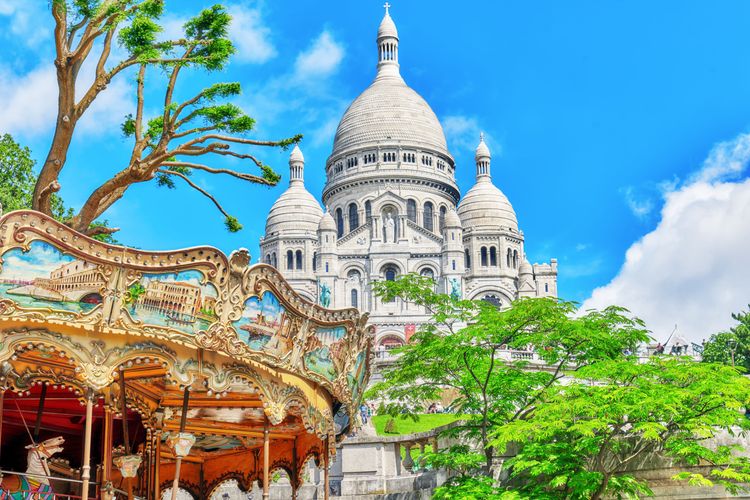
The Sacré-Coeur in Montmartre, Paris
- © V_E / Shutterstock
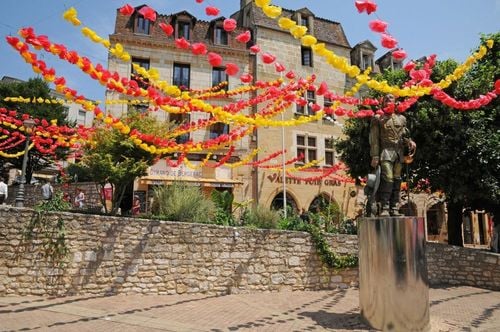
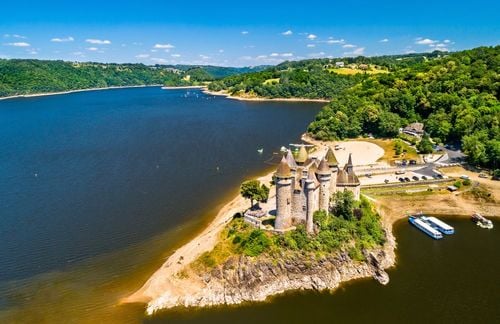

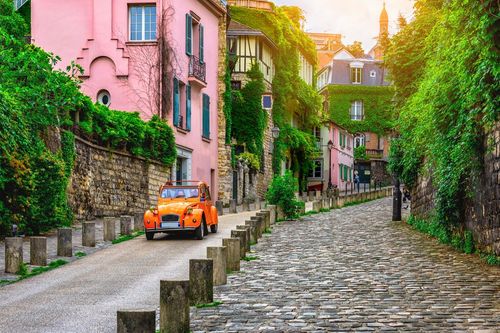
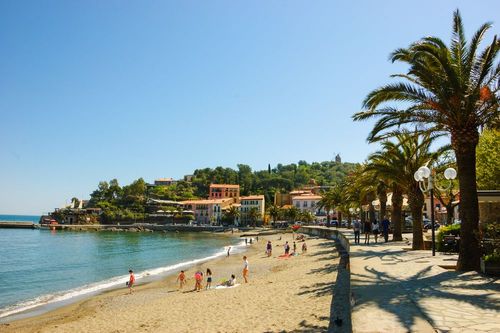


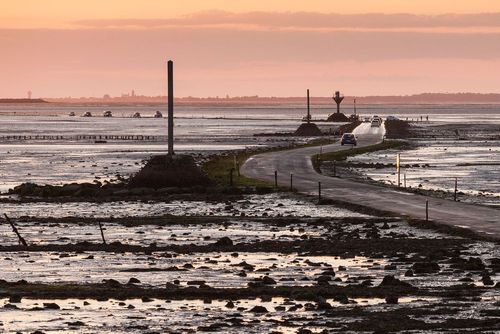
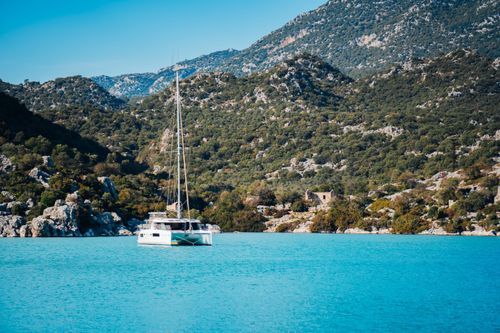
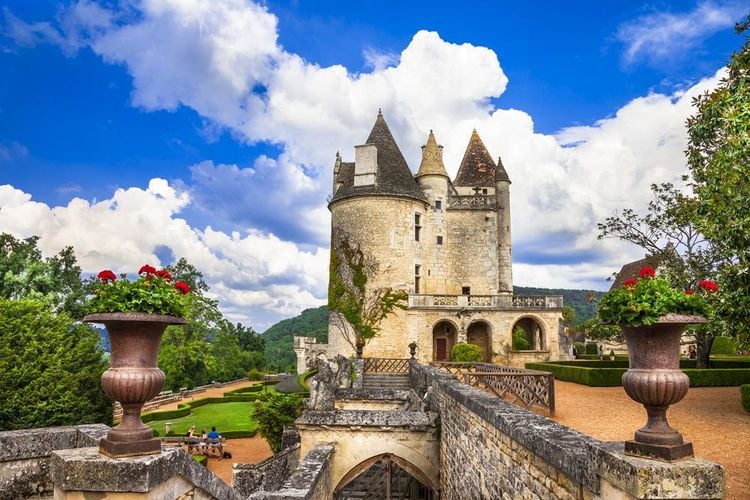 1
1
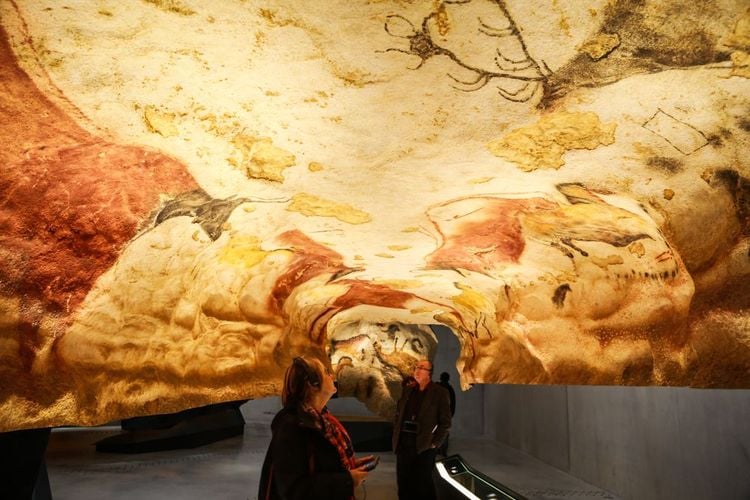 2
2
 3
3
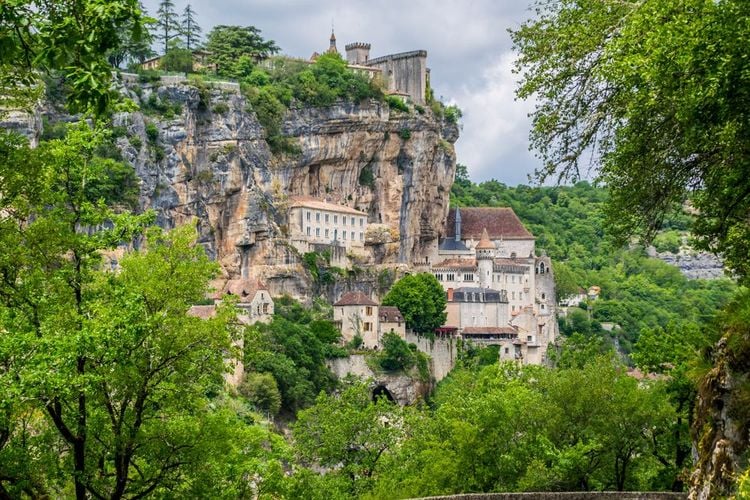 4
4
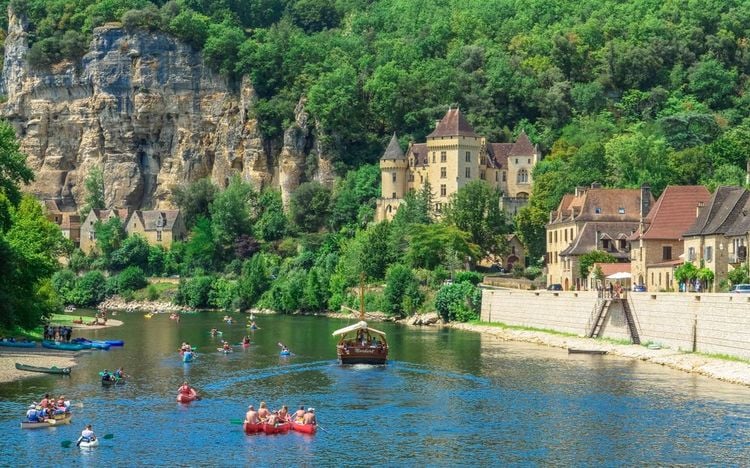 5
5
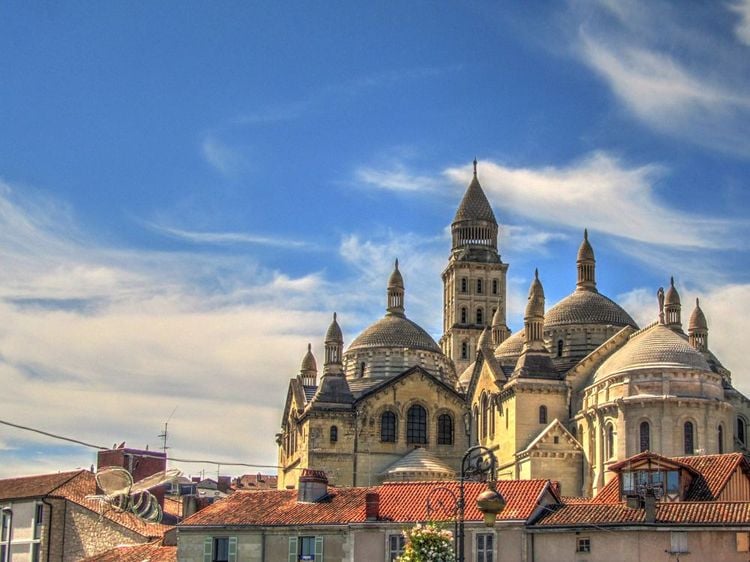 6
6
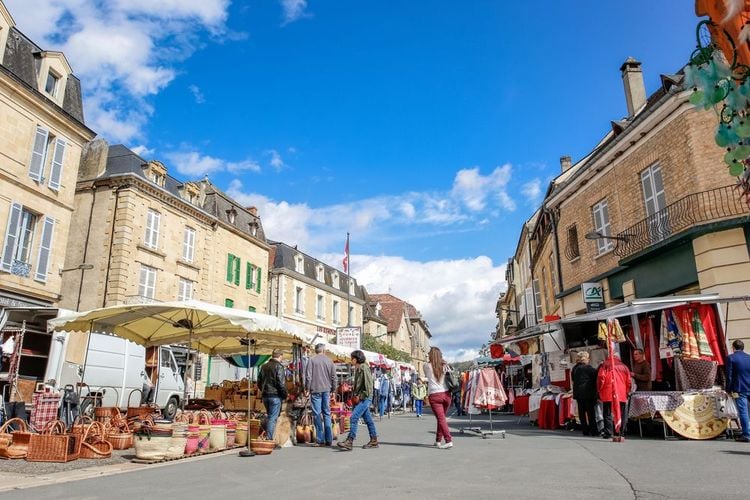 7
7
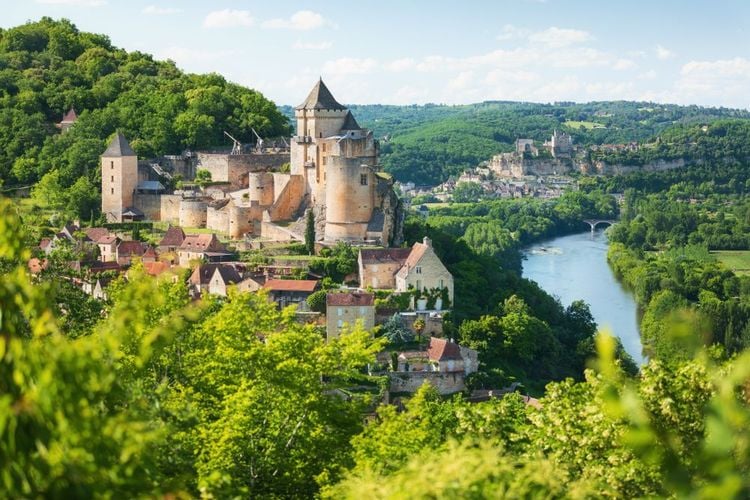 8
8
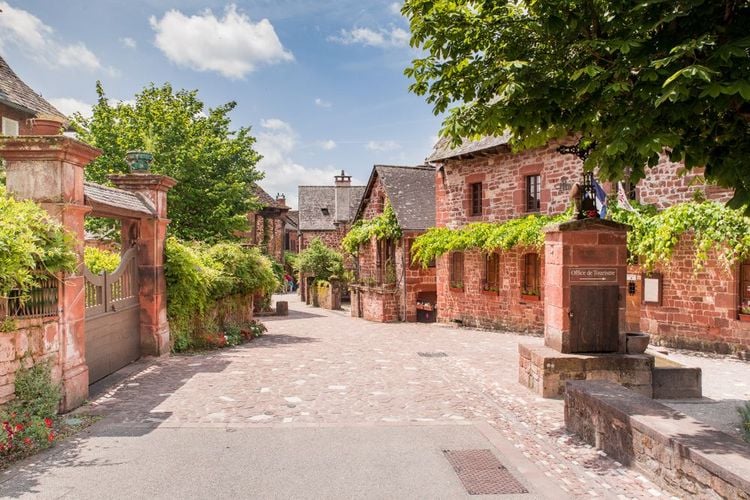 9
9
 10
10
France has a large number of airports on the outskirts of major cities. If you want to cross the country, there are many fast and regular train services. The capital, Paris, is home to France's two biggest airports, Roissy and Orly, but the provinces are also particularly well served, including Marseille, Nice, Lyon, Lille, Nantes, Bordeaux, Toulouse and Strasbourg. For tourists from neighbouring countries, the car or train are equally attractive options.
As one of the world's most popular tourist destinations, France welcomes millions of visitors every year, who need to be accommodated. Hotels, palaces, rentals, unusual accommodation, campsites, youth hostels and self-catering cottages are to be found in every corner of the country. There's something to suit every budget and every taste, from the most traditional to the most extravagant.

French is the main administrative language in France, and very few locals do not speak it. Depending on the region, only the accents are slightly different, which goes hand in hand with a few local expressions, sometimes unknown a few hundred kilometres away. It is not uncommon for town entrance and exit signs to display both the French name and that of the local dialect (this is particularly true in Brittany, Alsace and the French Basque Country).
To enter France, residents of the European Union and nationals of the Schengen area do not need to take any particular steps. All you need is a valid identity card or passport to travel freely within the country. All other countries require a short-stay visa (type C) for visits of less than 3 months. Only Canadians are exempt from this requirement and can use their passport for this period only.
The French unit of currency is the euro (EUR), as in most European countries. Most ATMs accept international cards, although cash is no longer the norm in hotels, restaurants and shops, most of which accept a large number of credit cards.
No special vaccinations are required for travel to France, except during exceptional pandemic periods. However, it is advisable to enquire on a case-by-case basis about any health requirements, depending on the country of origin.
The opening hours of French shops are fairly standardised, reflecting the typical pace of life in France. Bakeries open fairly early, at around 7am, while the majority of other shops close their doors around 9am/10am. Smaller shops generally close for one or two hours during the middle of the day, before lowering their curtains between 7pm and 8pm, in the same way as larger shops. In larger towns, such as Paris, local supermarkets and some boutiques extend sales into the evening, or even 24 hours a day in some rare cases. Restaurant opening times are much more varied, depending on what's on offer. A restaurant with two services at lunchtime and two services in the evening opens more or less between 12pm and 2.30pm, then 7pm and 10.30pm, depending on the local food scene.
In addition to the rate charged by the accommodation provider for spending a night in France, a tourist tax applies to tourists (whether foreign or not). Depending on the commune and the type of accommodation, the amount varies between €0.20 and €4.20 per night and per person.
For more information, use the French government's simulator: http://taxesejour.impots.gouv.fr/DTS_WEB/FR/?utm_source=easyvoyage
It's very easy to get around France, with excellent road and rail networks. In France's major cities, public transport - bus, tram or metro - will get you around easily.
You can visit France in any season, as the climate is generally temperate but can vary from region to region. In winter, the ski resorts of the Pyrenees and the Alps open their doors to you for a sporting holiday with your feet in the snow. In summer, the seaside resorts of all the French coasts take over, attracting tourists from all over the world. Spring is the ideal time to visit the towns and countryside, which blossom with the return of fine weather. Autumn is also a great time to enjoy these enchanting walks, but the days are getting shorter and the weather cooler, even on the Côte d'Azur.
French culture has always been synonymous with refinement and elegance, and combines art and cuisine. France's long and complex history has given rise to a rich, varied and ancient tradition that recreates the link with the past through regional nuances. Most French traditions are inspired by the Christian religion, such as the galette des rois eaten on Epiphany, the presents given on Christmas Day or the crêpes at Chandeleur. Some traditions, on the other hand, have secular origins: playing pranks on 1 April or dressing up for Mardi Gras, for example. It's worth noting that in France, much more than in the rest of the world, it's customary to say hello with a kiss, even if you don't know each other very well. Otherwise, the handshake, mostly in a professional context or between men, is often adopted.
Obviously, some specialities seem obvious to bring back from your French escapade: cheeses, wines, foie gras, spirits (cognac or armagnac) or champagne. Some other folkloric specialities can be fun gifts for your loved ones, such as a beret or espadrilles. In fact, every regional speciality in France can make a wonderful souvenir. However, for shopaholics, Paris is one of the world's fashion capitals: luxury boutiques, ready-to-wear ateliers, chain shops, small original boutiques, it's all within easy reach. From the small fair-trade shops in the 11th arrondissement, to the luxury boutiques on Avenue Montaigne, to the big international chains on Rue de Rivoli and Les Halles, fashion lovers will have no trouble using their credit cards!
To charge your phone or plug in any other appliance, conventional sockets in France use 220 volts, with type E sockets. If this is not the same connection as in your home country, remember to bring adapters, or even transformers.
explore Try out our comparators
It is Easy to travel

